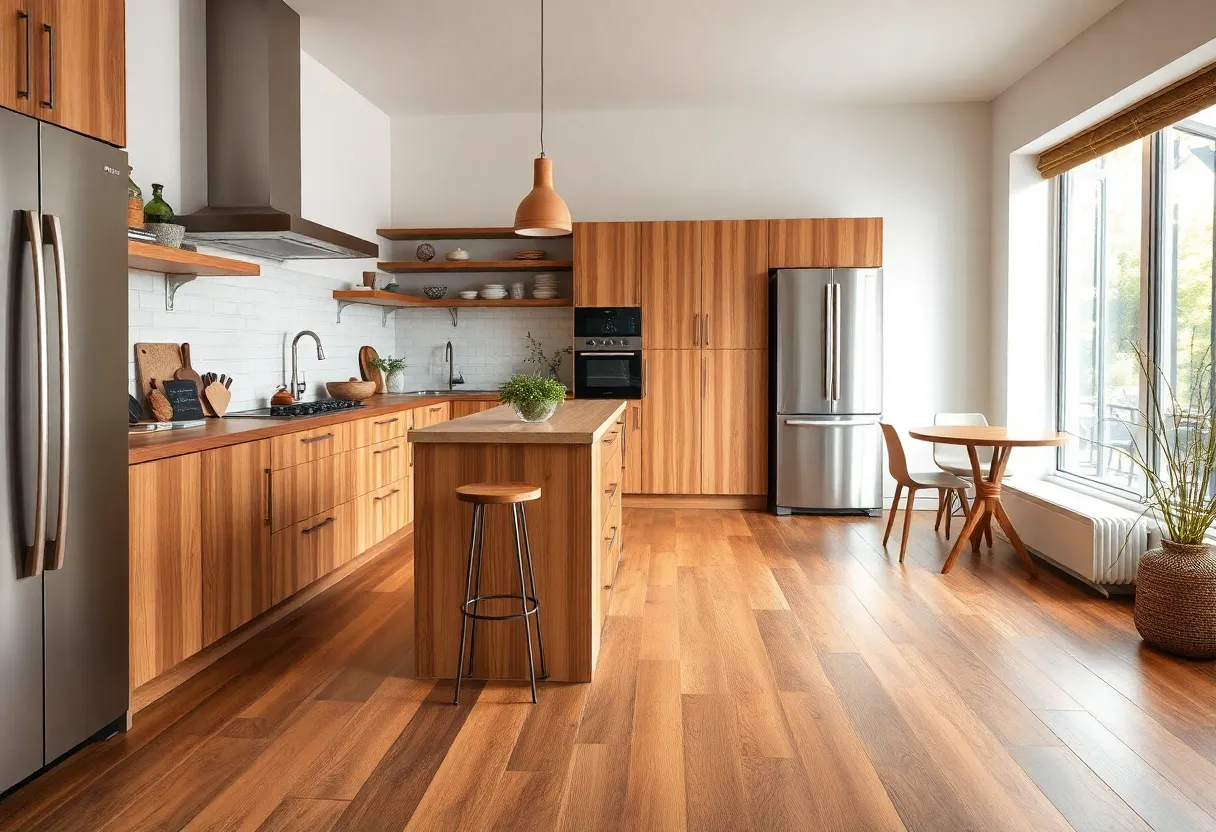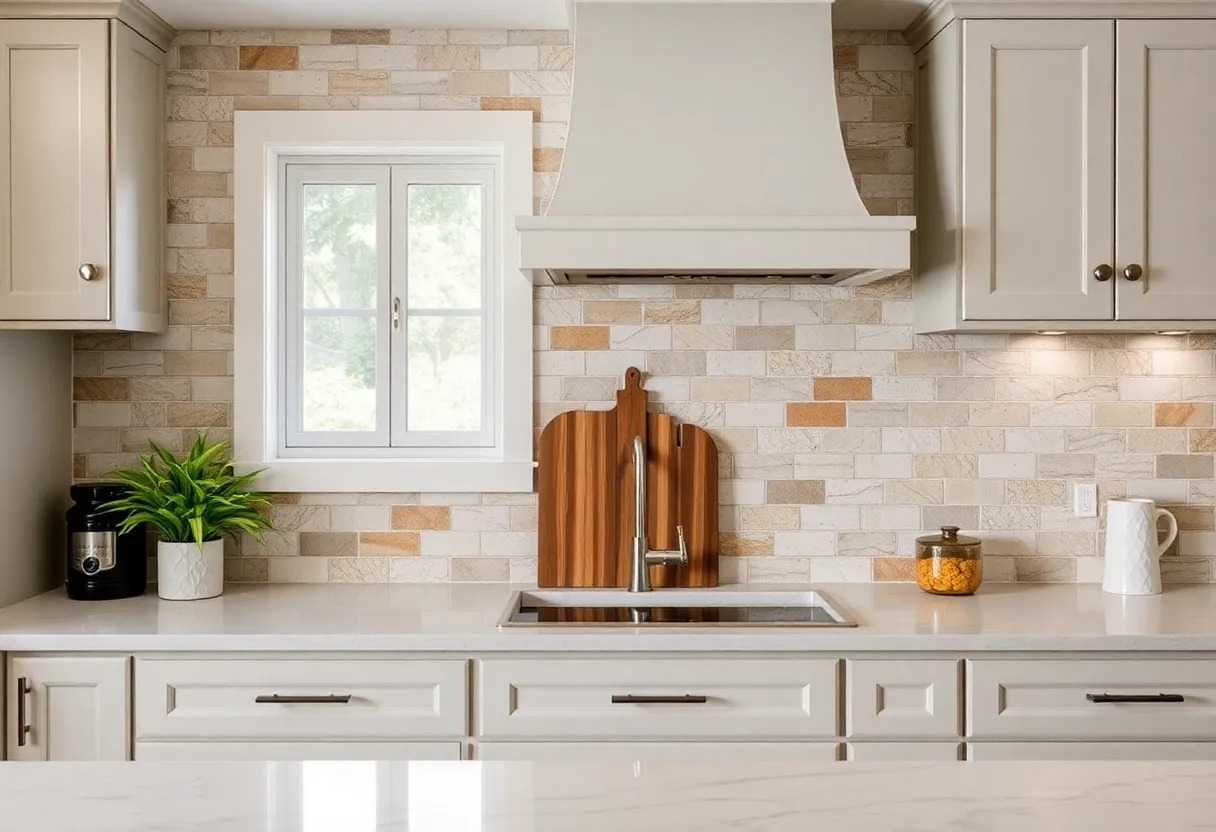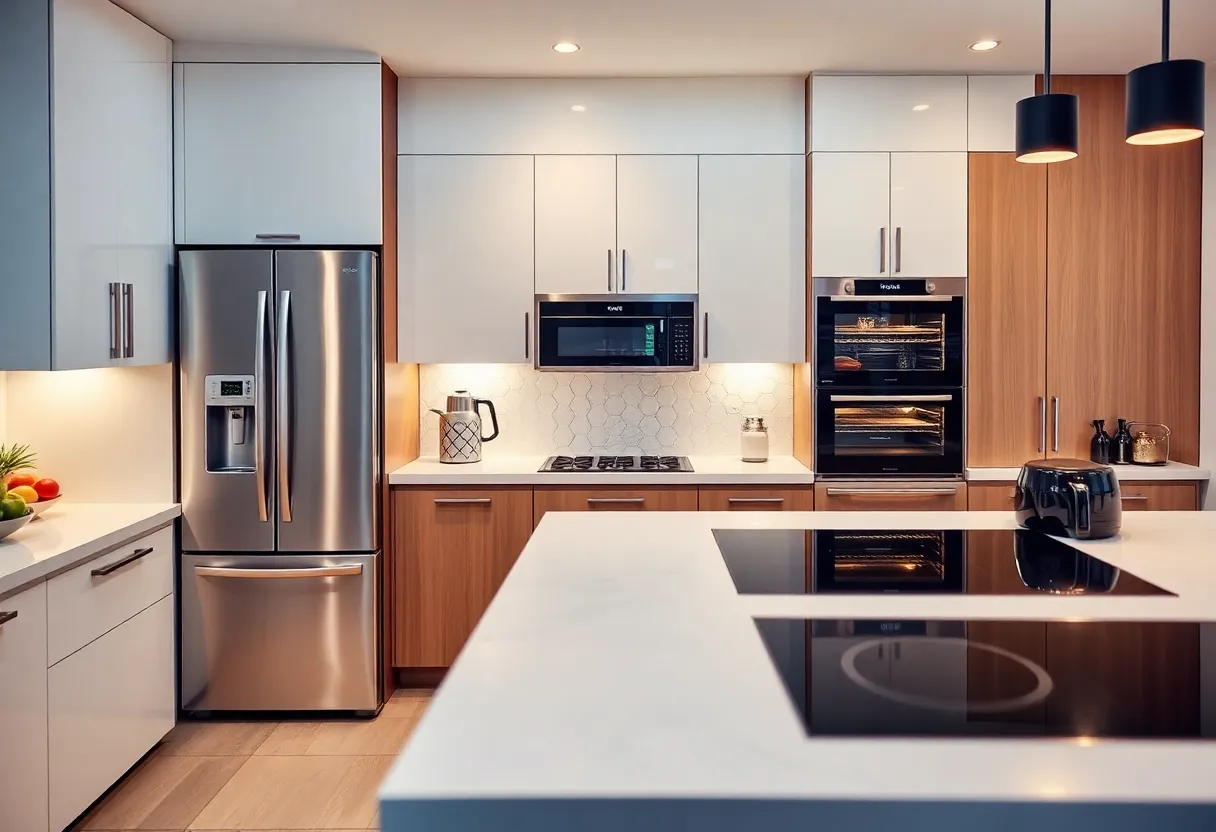How to Remodel a Kitchen: A Comprehensive Guide to Planning and Execution
Remodeling a kitchen is a significant undertaking that demands careful planning and execution. This comprehensive guide provides the necessary insights into how to remodel a kitchen effectively, ensuring that the process is as smooth and efficient as possible. By following these steps, homeowners can create a functional, modern kitchen that meets both practical needs and aesthetic desires.
1. Understanding Your Needs and Goals
Defining Your Vision
Before starting any remodeling project, it’s essential to determine your vision for the new kitchen. Consider factors such as style, functionality, and personal preferences. Are you looking for a modern design or something more traditional? Spend time collecting ideas from magazines, websites, and social media platforms to build a vision board that encapsulates your desired outcome.
Identifying Functional Requirements
Consider how you use your kitchen on a daily basis. Are you an avid cook who requires ample counter space? Do you entertain guests frequently and need an open-concept layout? Make a list of your specific needs, such as storage solutions, appliance upgrades, or additional seating areas to help guide your planning process.
2. Setting a Budget
Establishing Your Budget
Decide on a budget before diving into the remodeling process. This will help manage expectations and ensure you don’t overspend. A typical kitchen remodel can range from a few thousand to tens of thousands of dollars, depending on the scope and specifications of the project.
Allocating Funds Wisely
Once you have a budget, break it down into categories: cabinetry, countertops, appliances, plumbing, flooring, and fixtures. Allocate funds based on your priorities and the areas that will yield the greatest return on investment. Remember to set aside 10-15% for unforeseen expenses.
3. Design and Planning
Creating a Floor Plan
An effective floor plan is the backbone of your kitchen remodel. Consider the kitchen work triangle, which includes the stove, sink, and refrigerator. This layout maximizes efficiency and flow, reducing time spent moving between essential areas. Use design software or sketch your layout to visualize your plan.
Choosing Materials and Finishes
Material selection significantly impacts both aesthetics and functionality. Consider durable and easy-to-clean materials for countertops, cabinetry, and flooring. For instance, natural stone countertops offer elegance while providing durability. Choose finishes that complement your style, whether it’s polished chrome, brushed nickel, or matte black.
4. Permits and Regulations
Researching Local Codes
Before commencing work, research local building codes and regulations. Some changes, such as electrical or plumbing modifications, may require permits. Understanding these requirements early in the process can save time and legal trouble later. Contact your local government office to make sure you’re compliant.
Consulting Professionals
If you’re unsure about any regulations, consider consulting a professional. Architects or contractors typically have experience working with local codes and can guide you through the permitting process, ensuring everything is done by the book.
5. Execution Phase
Hiring Contractors vs. DIY
Decide whether to hire professionals or take a DIY approach. General contractors can manage the entire project, saving time and potentially enhancing quality through their experience. However, if you have skills and are willing to take on some tasks, a DIY approach can reduce costs.
Scheduling and Timelines
Develop a project timeline that outlines each phase of the remodel. Common phases include demolition, installation of new elements, and finishing touches. Allow buffer time for unexpected delays or complications, such as backordered materials.
6. During the Remodel
Effective Communication
Maintain clear communication with all parties involved in the remodel. Regular updates and discussions can prevent misunderstandings and delays. Establish a communication plan that works for everyone to ensure everyone is on the same page throughout the project.
Managing the Worksite
While remodeling, the kitchen will be non-functional. Prepare alternate cooking solutions, such as setting up a makeshift kitchen in another area of the house. Keeping the worksite clean and organized can prevent accidents and facilitate a smoother workflow.
7. Final Inspection and Clean-Up
Conducting a Walkthrough
Once the remodeling is completed, conduct a final walkthrough. Check that all elements meet your expectations, including aesthetics and functionality. Address any deficiencies or necessary adjustments immediately with your contractor or service provider.
Post-Remodel Cleaning
After the installation is complete, invest time in cleaning the entire kitchen. This includes removing any dust, debris, or fingerprints left from the work. Ensure that surfaces are spotless and ready for use. A thorough clean-up helps you begin enjoying your new kitchen right away.
8. Enjoying Your New Kitchen
Personalizing the Space
After a long remodeling process, it’s time to make the space your own. Add personal touches such as decorative items, plants, or art that reflect your style. Organize your kitchen tools and appliances in a way that matches your habits and lifestyle.
Regular Maintenance
With your new kitchen in place, be proactive about maintenance to prolong its life. Regularly clean surfaces, check for renovations needs over time, and address small issues before they grow into larger ones. This proactive approach keeps your kitchen in excellent condition.
Conclusion
Remodeling a kitchen is an intricate process that requires careful planning and execution. By following the steps outlined above, homeowners can effectively navigate the complexities involved. A well-executed remodel not only enhances the kitchen’s functionality and aesthetic appeal but also increases the overall value of the home. With proper preparation and execution, the dream kitchen can become a reality.


